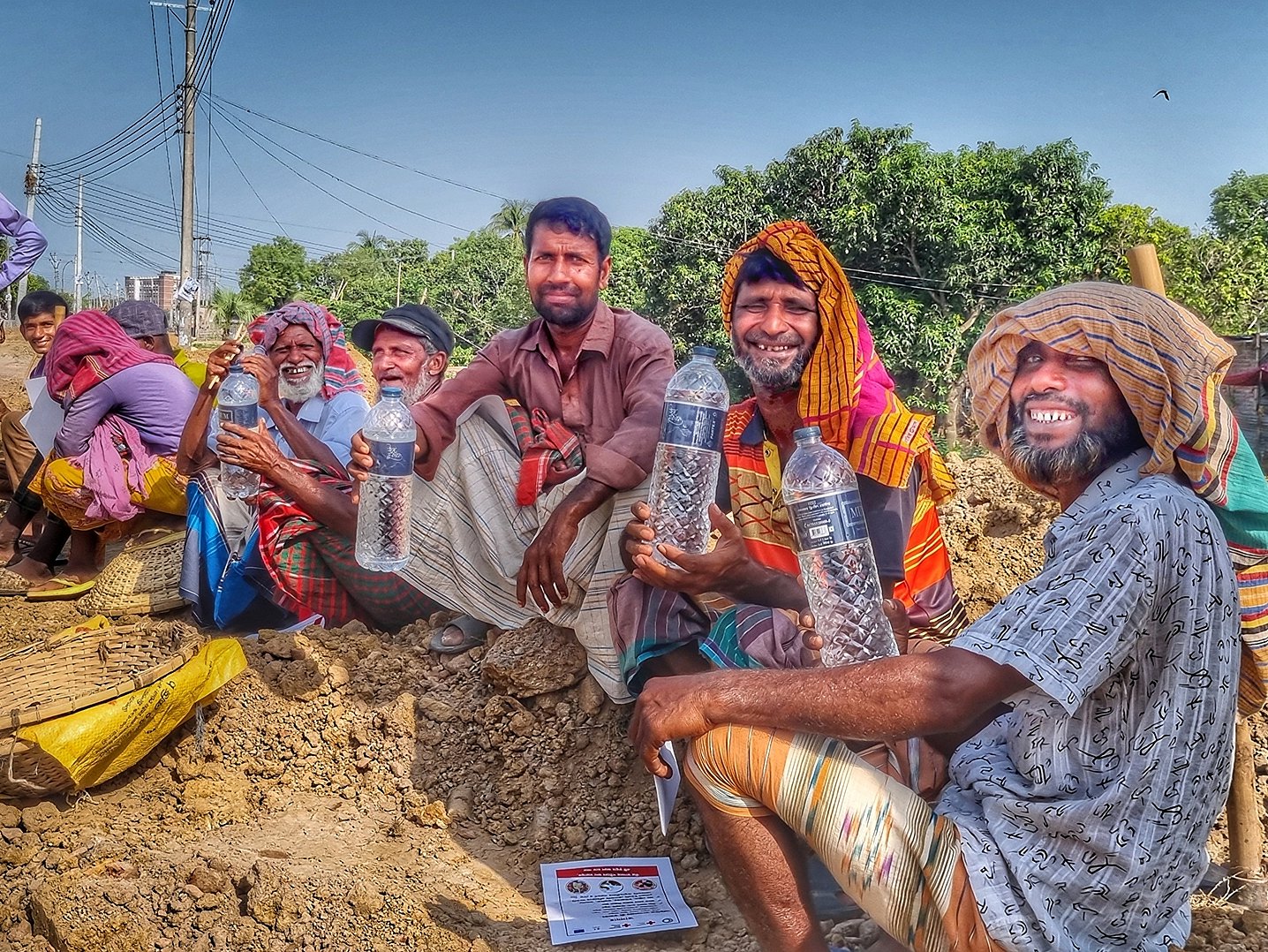
WMO-WHO: Heat stress at work a societal challenge worldwide

By the Climate Centre
The World Meteorological Organization and the World Health Organization today published a new report and guidance highlighting the growing health challenges worldwide from the impact of extreme heat on workers, especially outdoors in sectors such as agriculture, construction and fishing.
Intensifying heatwaves are also leading to health issues for vulnerable populations in developing countries, such as children, the elderly and people on low incomes, the two UN agencies say.
Jeremy Farrar, WHO Assistant Director-General, Health Promotion, Disease Prevention and Care, said today. “Heat stress is already harming the health and livelihoods of billions of workers, especially in the most vulnerable communities.
“This new guidance offers practical, evidence-based solutions to protect lives, reduce inequality, and build more resilient workforces in a warming world.”
It draws on 50 years of research and evidence and emphasizes that the health and productivity of workers are severely impacted by heat.
‘Health imperative’
Daytime temperatures of more than 40°C, even above 50°C, are becoming common, the WMO and WHO said in a press release from Geneva – “a clear indication that immediate action is needed to address the worsening impact of heat stress on workers worldwide.”
WMO Deputy Secretary-General Ko Barrett said: “Occupational heat stress has become a global societal challenge, which is no longer confined to countries located close to equator – as highlighted by the recent heatwave in Europe.
“Protection of workers from extreme heat is not just a health imperative but an economic necessity.”
The report finds the productivity of workers drops by between 2 and 3 per cent for every degree above 20°C, while rates of heatstroke, dehydration, kidney dysfunction, and neurological disorders increase.
Occupational injuries
It calls for tailored plans for occupational heat action that take into account local weather as well as specific jobs and associated vulnerabilities.
The report complements findings of recent research by the International Labour Organization that concluded at least 2.4 billion workers are exposed to excessive heat globally, resulting in more than 23 million occupational injuries a year.
It also includes input from the Global Heat Health Information Network, whose management committee met in Geneva earlier this month “to align strategy, strengthen collaboration and advance its mission of ensuring that extreme heat is no barrier to lives and livelihoods worldwide,” according to its website.
The Climate Centre was represented on the GHHIN committee by its Director of Programmes, Julie Arrighi, who is also a Lead Author for the IPCC Special Report on Climate Change and Cities and Working Group I of its latest assessment cycle, its seventh.
“Extreme heat risks are rapidly rising around the world, ensuring worker safety in both the formal and informal economy is paramount,” said Arrighi today. “This report provides meaningful and timely guidance for working in a warming world.”
Supported by the IFRC and American and German Red Cross, Bangladesh Red Crescent volunteers are pictured out and about on 2 June 2023, Heat Action Day, distributing drinking water and advice to outdoor workers on how to stay safe. The special day that year came as many parts of Asia saw a further round of extreme temperatures from late May, normally the start of the cooler monsoon season, after punishing heatwaves in April. (Photo: BDRCS)